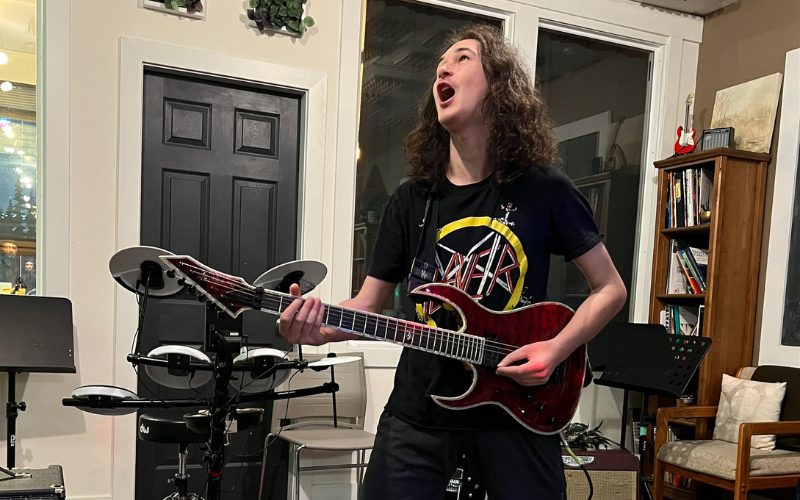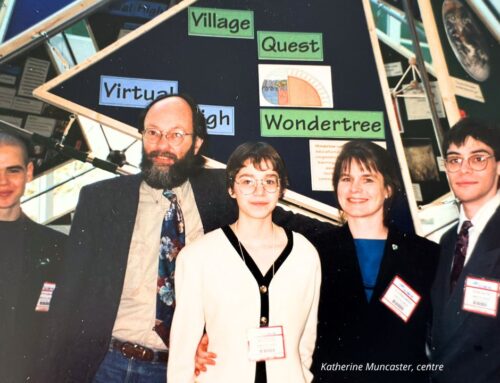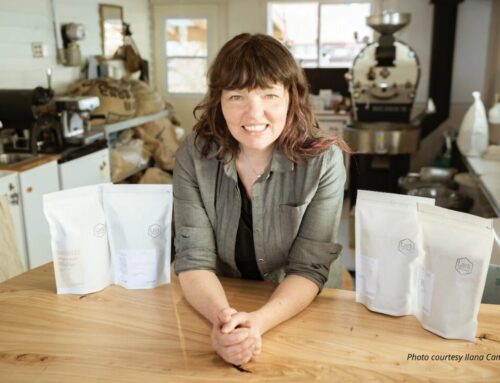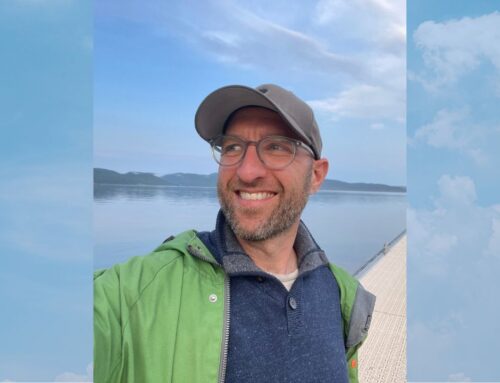When Daniel was looking into post-secondary opportunities to continue after grade 12, he was most intrigued by the Architecture, Landscape Architecture, and Urbanism program at the University of British Columbia’s School of Architecture and Landscape Architecture.
Every year, more than 1,000 people apply to enter the prestigious four-year Bachelor of Arts program. The school, considered Canada’s top architecture school, accepts just 50 of them.
Daniel’s mom, Mirella, says, “At the open house for the program, we were told, ‘It’s a really difficult application process. We have tonnes of applicants. You have to submit extensive projects. Prepare yourself. Manage your expectations. Make other plans.’
“Well, we made other plans.”
Instead of submitting portfolios of work with applications to the program, applicants must complete three design projects as part of an online creative test, as well as submit their resumés and do well in an admissions interview.
Daniel did this.
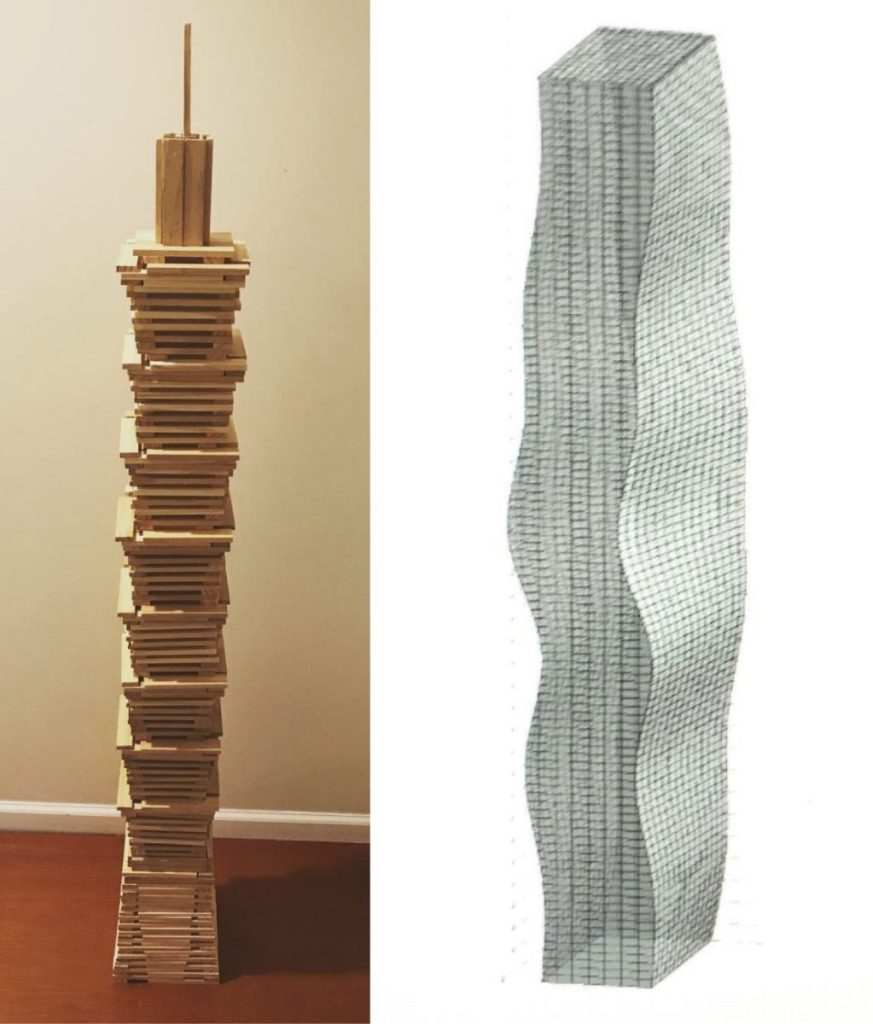 Then, in April, two months before he was to commence from SelfDesign, Daniel received word he’d been accepted into the program.
Then, in April, two months before he was to commence from SelfDesign, Daniel received word he’d been accepted into the program.
“I didn’t think I’d hear back,” he says of hearing of his successful application. “I was like, ‘What? There’s no way!”
Mirella, who watched Daniel put the design projects together, says she suspected they would make an impression on the people reviewing the applications.
“I’m his parent, so I am biased, but when I saw Daniel’s designs for the application, I was, like, ‘Oh, this looks amazing.’ The designs really showed how creative Daniel is, how he knows who he is and what he loves to do and his passion for this.”
Daniel submitted designs for a lampshade, a multipurpose building that could be used as a dog shelter, and a wearable vest.
“The vest has these little things you can use to distract yourself or kind of clear your mind,” Daniel says. “The inspiration is from those little fidget-cube things that you can flick a switch back and forth on that you find in gift shops.”
“He was applying for university and was able to get into a super-competitive program because of his creativity and his out-of-the-box thinking were really showcased in his application process,” Mirella says. “And that was only because it was nurtured and his different styles of learning were supported that he was able to pursue that during all his years of learning independently and with SelfDesign.”
Jaret witnessed how Daniel embraced the SelfDesign approach and carved out hours for honing his artistic abilities, exploring intricate Origami techniques, and undertaking design projects that prioritized inclusivity within communities.
“The SelfDesign approach proved instrumental in nurturing his skills,” Jaret says. “Ultimately, it empowered him to shine brightly during the application process, where he had to submit tangible evidence of his creative prowess and innovative capabilities.”
Pursuing passions
Learners in grades 10 to 12 with SelfDesign complete a personal project each semester on a topic of their own interest to further their learning. Towards the end of each learning year, they present one of the projects to the school community as a showcase of what they learned.
For his grade 12 personal project, Daniel submitted the three designs he had created for his architecture program application. They were the last of several architecture and urban design-related projects he had presented from grades 10 to 12.
“The first one was about universal design,” Daniel says of his grade 10 project. Universal Design is the design and composition of an environment so that it can be accessed, understood and used to the greatest extent possible by all people regardless of age, size, or ability. “It was a big city model of an accessible, inclusive community. And for grade 11, I designed a passive house, which is a building with nearly zero-energy consumption.”
At the heart of the SelfDesign philosophy lies the objective of empowering learners to fervently pursue their passions. Learning consultant Jaret says that for Daniel, this proved to be transformative, igniting his journey towards personal growth and fulfillment.
“His self-motivation was complemented by the time he was afforded to immerse himself in projects born from his deepest interests,” Jaret says. “This blend of self-drive and dedicated time allocation became the linchpin of his personal development.”
 Another of Daniel’s interests is origami, the Japanese art of folding paper to create sculptures. One aspect of a wide-ranging fascination with Japanese culture inspired by martial arts, origami allows Daniel to explore form and structure in a different way than other tools do.
Another of Daniel’s interests is origami, the Japanese art of folding paper to create sculptures. One aspect of a wide-ranging fascination with Japanese culture inspired by martial arts, origami allows Daniel to explore form and structure in a different way than other tools do.
He notes the inspiration for world-renowned Canadian–American architect Frank Gehry’s iconic design for the Guggenheim Balboa Museum in northwestern Spain. “He got the idea from a scrunched-up ball of paper,” Daniel says. “That’s, like, so wild.”
“At SelfDesign, Daniel really was able to pursue his passion in form and architecture,” Mirella says. “And he was able to use the skills he learned as part of his school work in his university application. And that really stood out, I think, because it really showcased Daniel’s different learning style and how he thinks and sees the world.”
Opportunity to excel
If Daniel had gone to a regular brick-and-mortar school, he might not have done as well at school. He was diagnosed at a young age with autism spectrum disorder and ADHD (attention deficit-hyperactivity disorder).
“When we started homeschooling and distance learning, we noticed that Daniel’s ability to pursue his passions was very important,” Mirella says. “He’s very focused on certain areas — he needed to absorb a lot of information, and he was very focused on that. It’s a very important aspect of how he learns.”
 With SelfDesign, Daniel was encouraged to explore his passions.
With SelfDesign, Daniel was encouraged to explore his passions.
“The best part of SelfDesign was that I could customize what I did,” Daniel says. “Sure, there were subjects I didn’t like — but everybody in school has subjects they like and subjects they don’t like. For me, it was Pre-calculus 11. I knew I wasn’t a math person, but I’ll need it in my studies.”
Nurturing a learner’s innate curiosity is a paramount objective in cultivating students who thrive within the SelfDesign approach. According to Jaret, “In Daniel’s case, his intellectual curiosity was shown by meaningful conversations and exposure to thought-provoking ideas in his real-time meetings and weekly Observing for Learning connections. This process enabled him to develop connections between his academic coursework and his passions, causing his education to be personally relevant.”
At one point during his time with SelfDesign, Daniel took a class to learn AutoCAD. The design software is used to create two- and three-dimensional models. It is an industry-standard tool for architecture and urban design.
When he’s not pursuing his passion for architecture, Daniel is exploring other interests. He is learning to speak Japanese. To help him relax and stay calm, he plays harp, piano and guitar. He likes listening to and playing heavy metal, and would like to play in a band someday.
“Daniel is one of the most creative people I know,” Mirella says. “He’s such an out-of-the box-thinker, which I think is his super power. He also perseveres in the face of challenges and obstacles and learns from them. He’s always very persistent and doesn’t give up easily.”
Meet other SelfDesign learners

